Gardening is learning, learning, learning. That’s the fun of them. You’re always learning.
Helen Mirren
Gardening is like any skill; it takes practice, patience and education to be any good at it. And while you can certainly learn a great deal about gardening from a book or in a classroom environment, the best teacher is learning from one’s own mistakes.
I have been gardening for almost 30 years now, and I have made a lot of mistakes in that time. Enough to make me a fairly well-rounded gardener. While some of my mistakes have been a little costly moneywise, I have no regrets in making any of them. What is important is that I learn something from my errors.
Today I thought I would share some of my more egregious mistakes, and the lessons I’ve learned from them, in the hopes that others will avoid making similar blunders.
Gardening for the wrong region
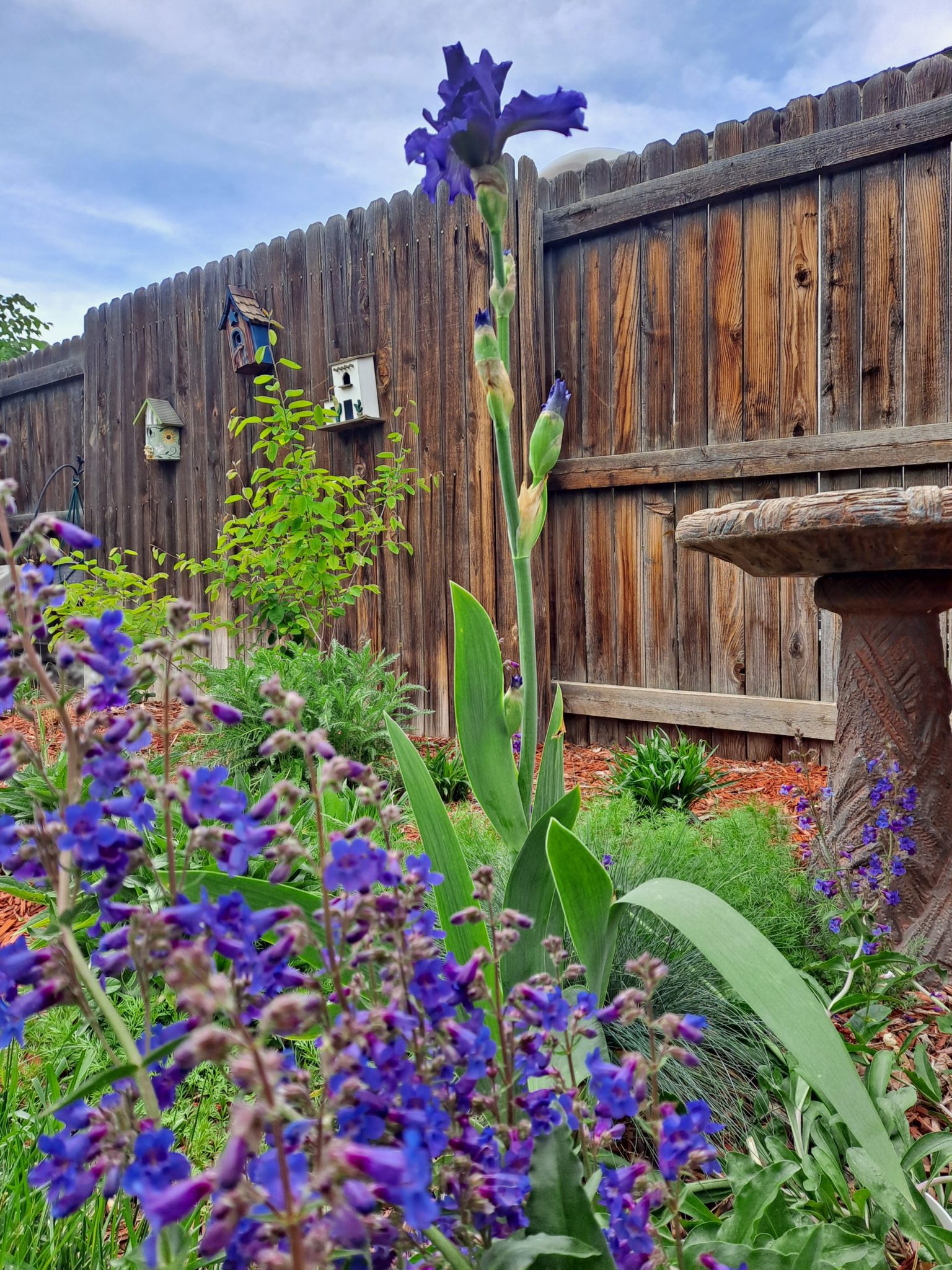
My first, and probably biggest mistake, was not gardening for the region I live in. This error set me back in both time and money. There is a saying: “right plant for the right place”. This saying has many meanings. But for me, the biggest takeaway from this saying is making sure to plant plants that will actually thrive in the conditions here in my Colorado homestead.
Now, in my defense, there wasn’t a lot of literature or information regarding Western gardening when I got started. Most gardening lore is based on the conditions in the Northeast or Middle-Atlantic states. Magazines, such as Fine Gardening or Horticulture, are almost all based in New England. Even my favorite gardening writers, Allen Lacy and Henry Mitchell, gardened in the East.
And the foundation of American gardening comes from that island of gardeners, Great Britain. Let me tell you, about the only region that is more removed from where I garden than the British Isles would be the tropics.
OK, sure, there was Sunset’s “Western Garden” book, which was recommended to me by a couple who had been gardening in Colorado for decades. While I have found this book very helpful, it is very California-centric.
“Plant Select” (Plant Select – Smart plants inspired by the Rocky Mountain region), a collaboration between Denver Water and Colorado State University, had only been in operation for a couple of years when I started my gardening adventure.
Unfortunately, the internet wouldn’t become useful for gardeners several years yet.
So, this really wasn’t a mistake, so much as just ignorance on my part.
With all this being said, what does this all mean? Well, it means I followed the advice that I had available and tried to grow plants that are not adapted to my region. I have dry, clayey and alkaline soil, and most of the plants that were recommended thrive dirt that is moist, acidic and loamy.
Needless to say, I watched a lot of my hard-earned cash wither away and die in those first couple of years. I would love to show you some photos of the plants that I put in the wrong conditions, but I can’t. Because they’re dead.
Lesson learned: always, ALWAYS, try to garden for the conditions you have. Nowadays, with a profusion of available resources available to the Western gardener (see here for my review of Xeriscape books: The best Xeriscape books for Western gardeners (mrvintageman.com), I make sure to do my homework well before I ever put a plant into the ground.
Does this mean I never plant more “traditional” plants in my garden? Of course not. I do, in fact, grow hostas, peonies, clematis and spiraeas. But now I try to make their homes more hospitable for them. This means putting in lots of organic matter before planting, and making sure that they are given the moisture they need. I put them where the sprinkler system will hit them, or near to a water spigot for easy watering.
Planting in the wrong place
Again, this goes back to the saying “right plant, right place”. Growing native plants has been a big trend over the past couple of decades. In fact, some native plant enthusiasts are downright fascist about the whole thing.
One of the biggest selling points for native plants is that they are lower maintenance than foreign species. Is this true? Well, yes and no.

If you give them the conditions that they grow in the wild, then yes. If you take a sun-loving native plant, such as a yucca, and put it in a spot where it will get sunbaked for 8 hours a day, with little to no moisture, then it will indeed be lower maintenance. However! Should you plant it in the shade of an ash tree, where it gets hit by the sprinkler system on a regular basis, then no, it is in fact not going to thrive.
Right plant, right place.
Also, the wrong spot can mean that the plant sticks out like a sore thumb. Meaning it is not aesthetically pleasing. And do I have a few of those.
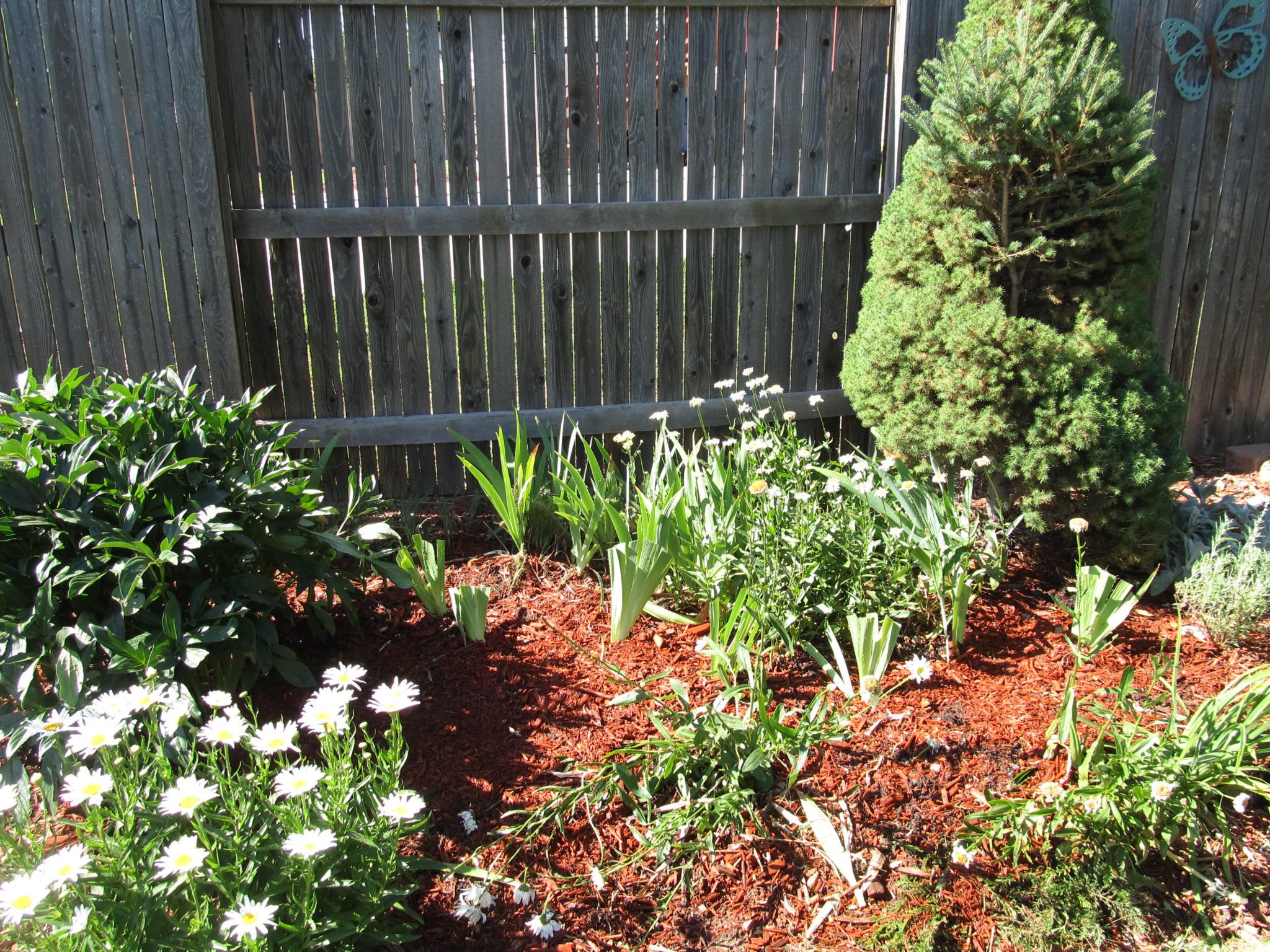
See that conifer in the upper right part of the picture? That’s a dwarf Alberta spruce. And it is definitely in the wrong spot, aesthetically wise. It’s too big for the border, so it throws the feng shui off. I planted it too close to the fence, and as it grows it will eventually start pushing against the fence. Not healthy for the plant, or the fence. It just looks uncomfortable and out of place. But I am loathe to cut it down. Guess I will just have to live with it, or hope it gets a disease of some sort.
Again: right plant, right place.
Lesson learned: always take into account how large a plant is going to get. What is a cute little shrub today, can quickly grow into a monster in a surprisingly short time. Also, pay close attention to the conditions the plant requires. The tags on most plants will say how much sun and moisture the plant requires. If the tag says the plant requires full sun, that usually means at least six hours of direct sunlight. “Medium moisture”, depending on where you live, could mean watering weekly. So, don’t put a shade loving Hosta in a sunbaked hell-strip, unless you are into torturing plants.
Plants I wish I’d never planted
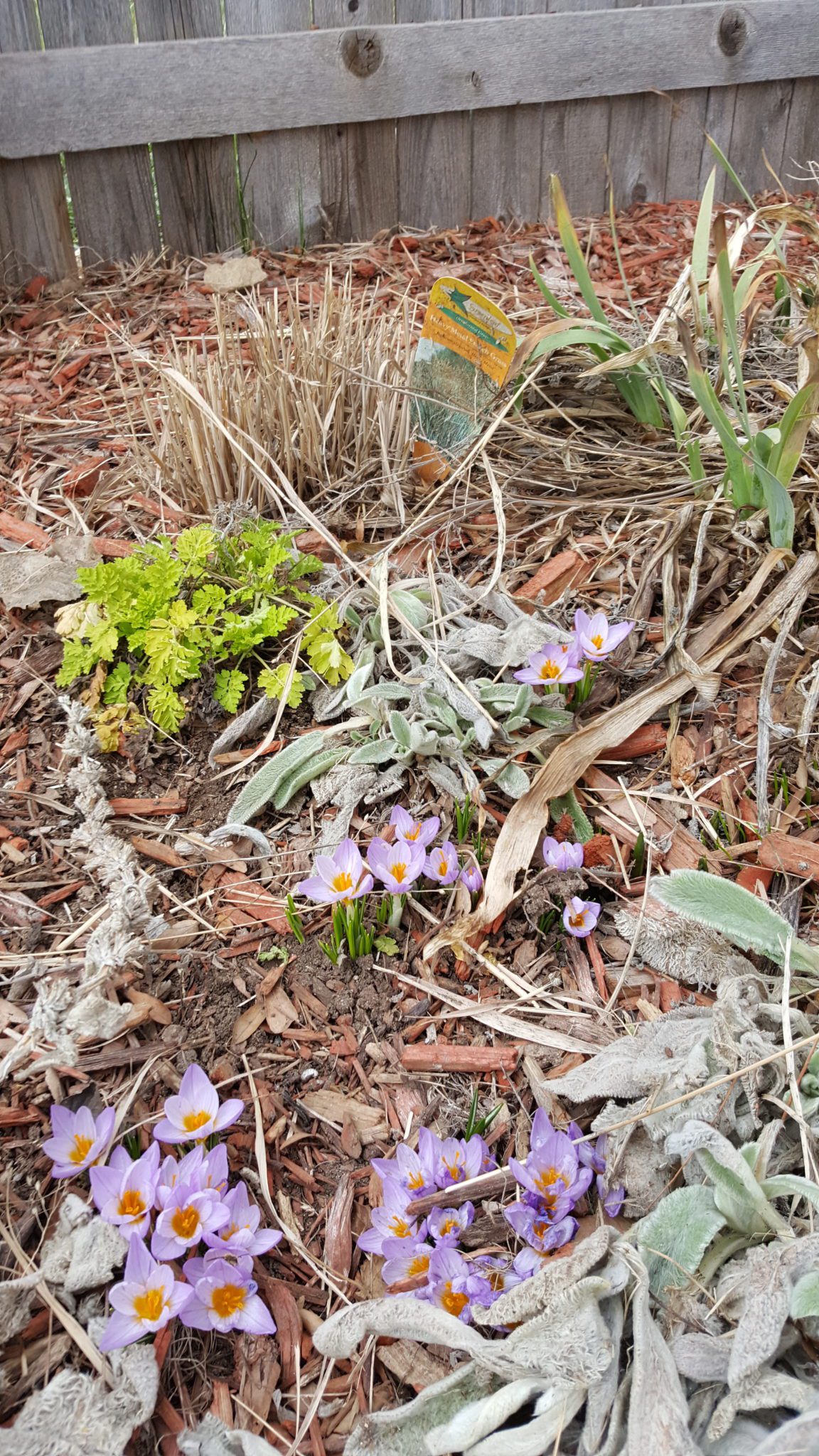
There are descriptors for plants that have their eye on world domination. Terms such as “Aggressive”, “self-seeds readily”, or my favorite, “a thug”. What all these terms mean is that if you let this plant into your garden, they can quickly swamp and choke out the other plants. What’s worse, is that once these pants have gotten a foothold, it is damn near impossible to ever get rid of them. And a plant that grows where it isn’t wanted is called a weed.
Most of these plants tend to come from other regions of the world, thus have no natural predators. Plants such as bindweed, puncture vine, and even the beautiful purple loosestrife, are now classified as invasive species.
But oftentimes, we deliberately plant plants that can get out of hand, even if they are not considered invasive. Gardening catalogs can be pretty vague sometimes when it comes to describing a plant’s attributes. They often oversell the positives and become uncomfortably evasive when it comes to negatives. Even magazine articles can gloss over certain flaws.
For instance: I once read that lambs ears (Stachys byzantina) is a drought tolerant plant that is not a thug. Note that “not a thug” part. While it may not be bent on taking over the garden, it is an aggressive self-sower that finds its way into many nooks and crannies in the Vintage Garden. Years ago, based on that magazine’s recommendation, I planted me some lamb’s ears. I like this plant in small doses (MrsVintage despises it), but if I am not careful, it can quickly get out of control.
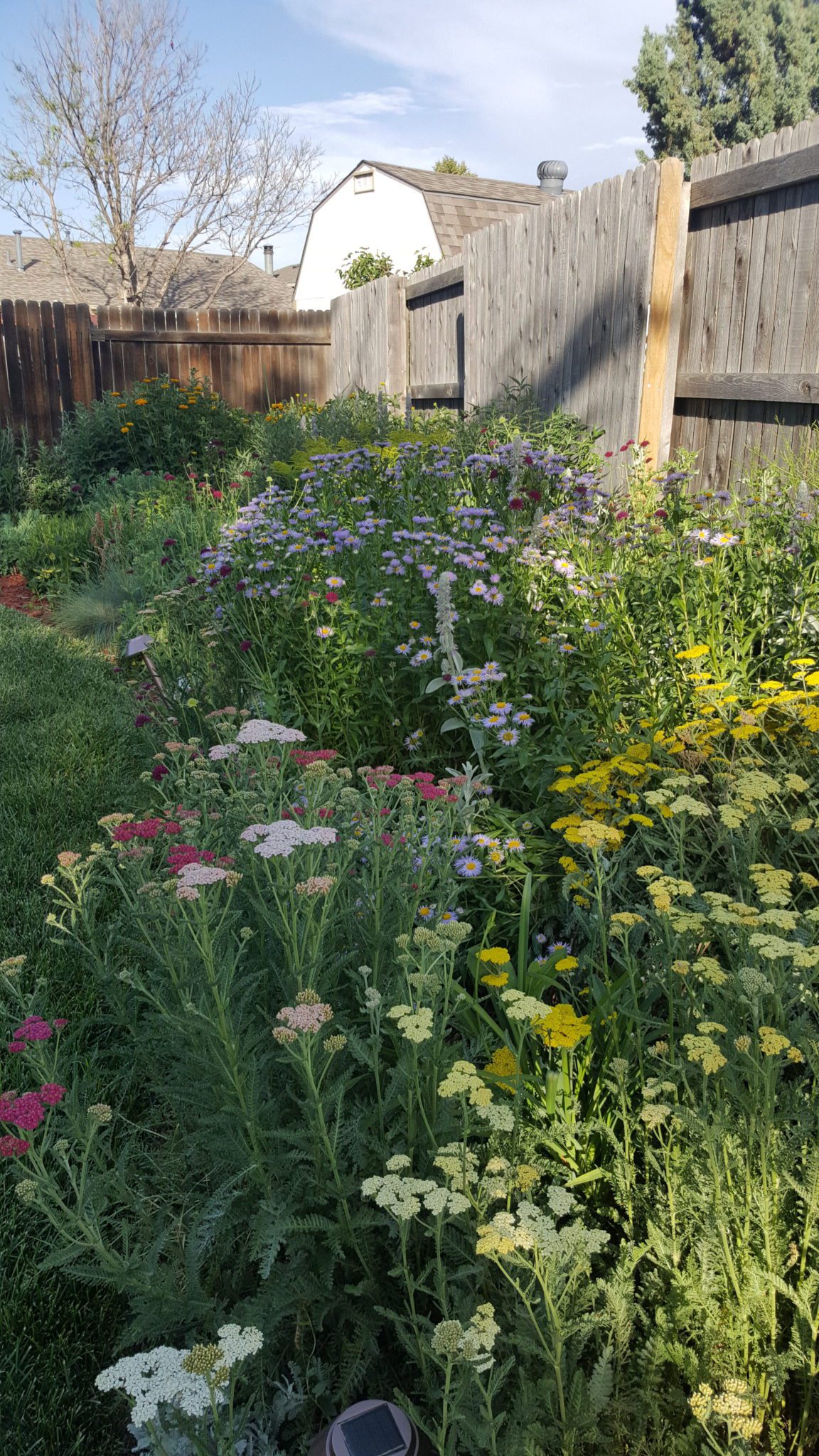
Another magazine article convinced me to plant a morning glory vine. This vine is actually an annual, so it dies back completely in the winter. The article stated that the flowers of morning glory vines are great for attracting pollinating insects, perfect for the veggie garden. A photo attached to the story showed the vine growing on a bamboo teepee.
Thus inspired, I went out and bought a collapsible bamboo teepee and some morning glory seeds. And I must say, the vine worked as advertised. We had a bumper crop of pumpkins that year.
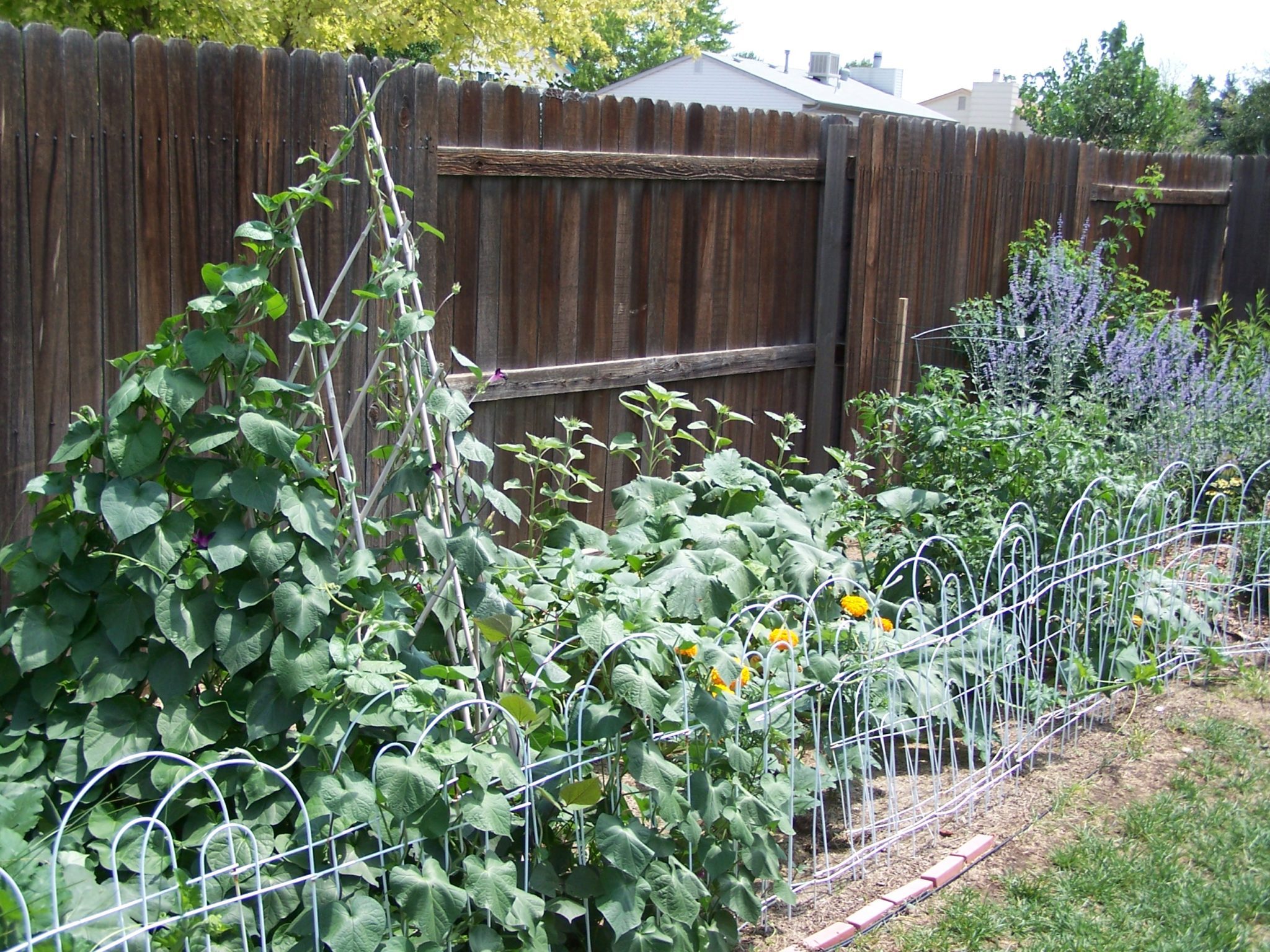
What the article didn’t mention, and I didn’t find out until later, is that the morning glory vine is a relative of the hated bindweed. While morning glory vine is not as aggressive as its bindweed cousin, it self-sows prodigiously. The following year the veggie garden was awash with morning glory seedlings. It took me years of conscientious weeding to eliminate it from that border. And even today, a lone survivor will occasionally make its presence known.
Lesson learned: don’t be suckered by a pretty picture or rosy description. Do your research. Make sure that the plant you are going to plant isn’t going to over your garden on its way to world domination. If a plant is known for self-sowing readily, be prepared to weed its offspring out in the coming years.
Not planting correctly
Oftentimes, when you pick up a plant at a nursery, or big-box hardware store, the plants you are buying have been in their pots for far longer than is healthy. A plant that has been stuck in a pot can become “pot-bound” or “root-bound”. The plant has used up all the nutrients in the pot, and desperately sends out roots in a vain attempt to find more. Eventually, the roots just circle round and round the pot, forming a circular mass.
So, what does this mean for the gardener? If the plant goes in the ground without having the roots scored or “teased”, the roots will continue to grow in a circular motion, never striking out into the surrounding soil. Eventually, the roots will girdle the base of the plant and the plant will literally strangle itself to death.
I’m usually pretty good at scoring the roots of plants should they be pot bound before I put them in the ground. But I have lost more than one plant because I wasn’t as diligent as I should have been. When the plant is a perennial, it sucks, but it’s not a huge waste of time or money.
When this problem occurs with a tree, however, that is a huge loss of time and money. What’s worse, on such a large plant, the symptoms of root girdling usually don’t appear until many years after the tree was planted. If not properly planted, the tree is doomed the moment it goes into the ground.
This situation has occurred twice on trees I’ve planted. I have lost a thornless Russian hawthorn (oxymoron, I know), and a serviceberry. As you can see in the picture below, the roots of this serviceberry continued growing around the base of the tree. And in one case, a large root literally wrapped itself around another large root, strangling it, leading to the death of the tree.
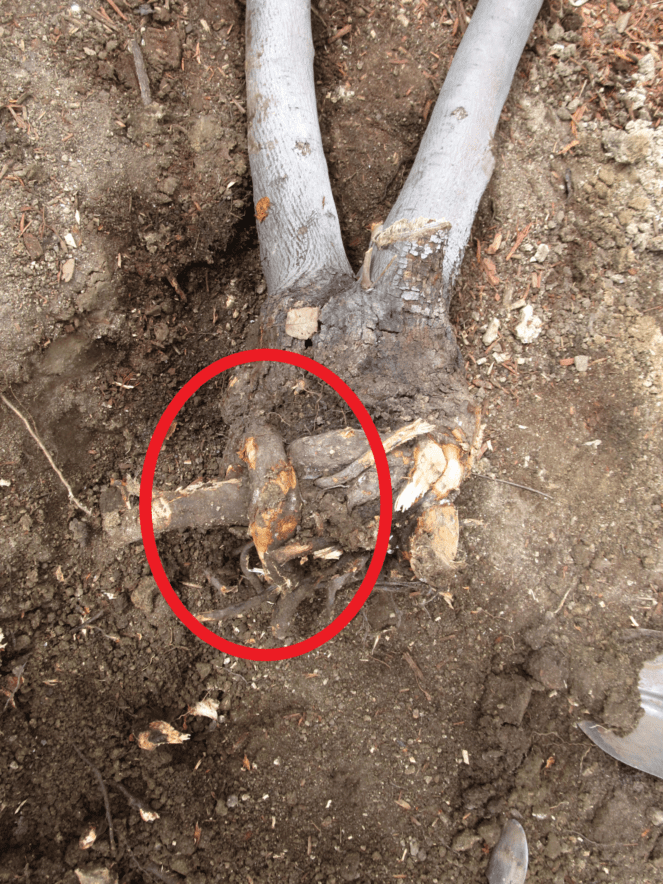
Lesson learned: Before planting any plant, carefully inspect the roots. Make sure that the roots of plants will be able to grow into the surrounding soil. If the plant is NOT root bound, it should be safe to just plop it in the ground. But if there is even a hint of being root bound, make sure to tease the roots so they will expand out properly. See here for an explanation: Teasing the Rootball of Plants: Why and How to Do It (thespruce.com)
In conclusion
These are just a few of the many mistakes I have made in the Vintage Garden over the years. There are plenty more I will share with you in the future, but I think this is enough humiliation for one day.
I must say, however, that every single one of these errors have taught me something. I am a far better gardener now that I was even just a few years ago.
What horrors have you unleashed in your garden?

